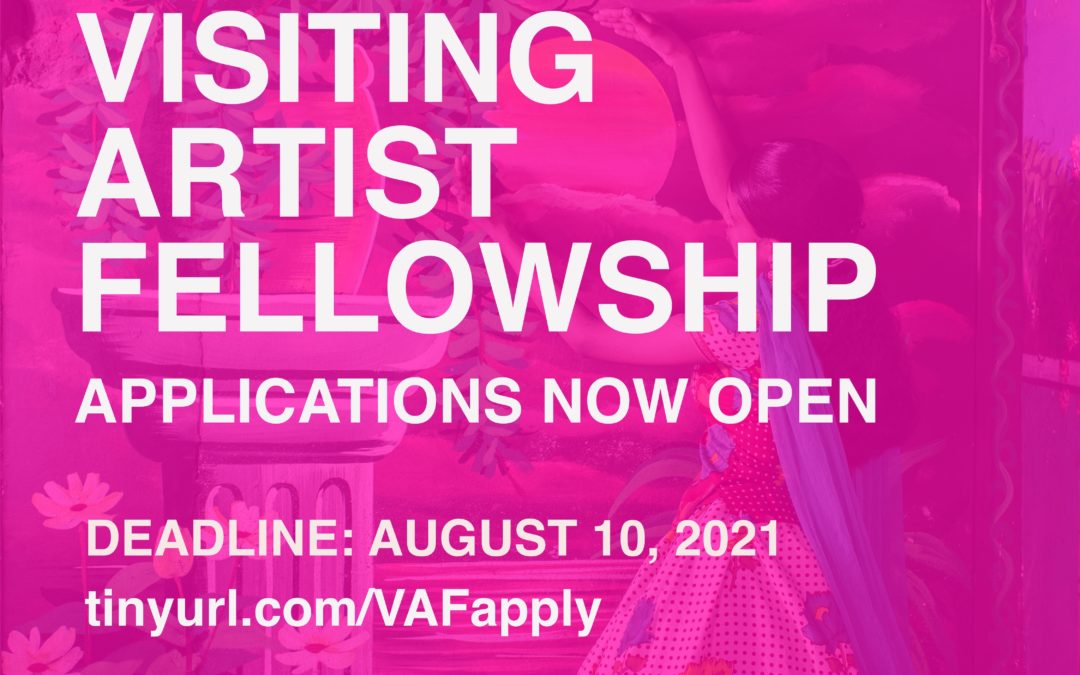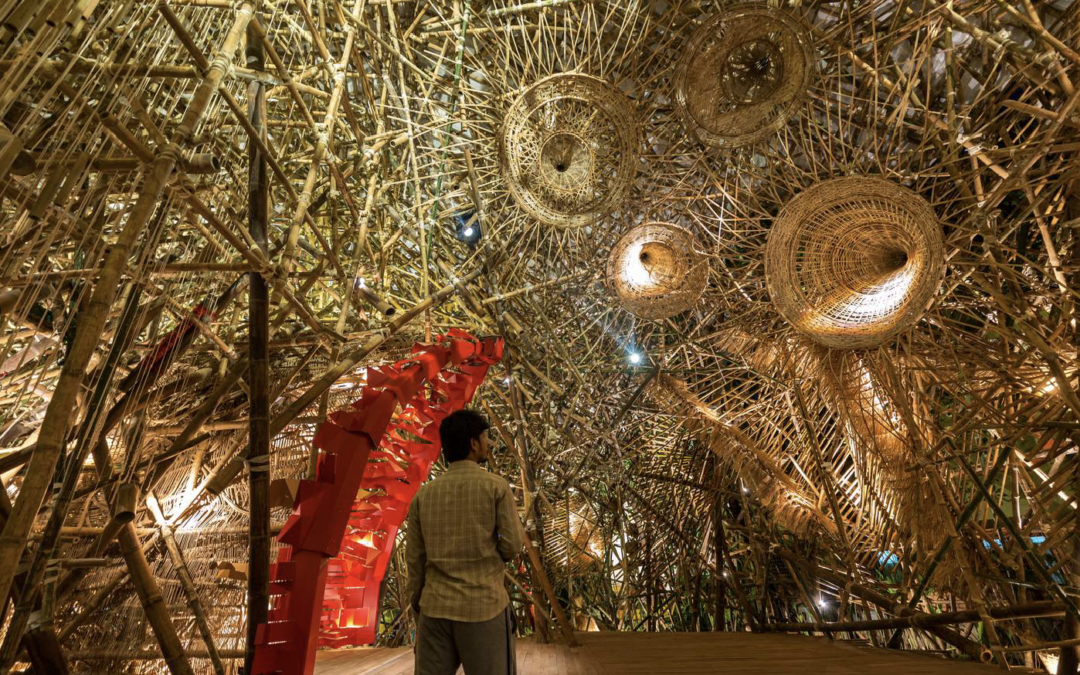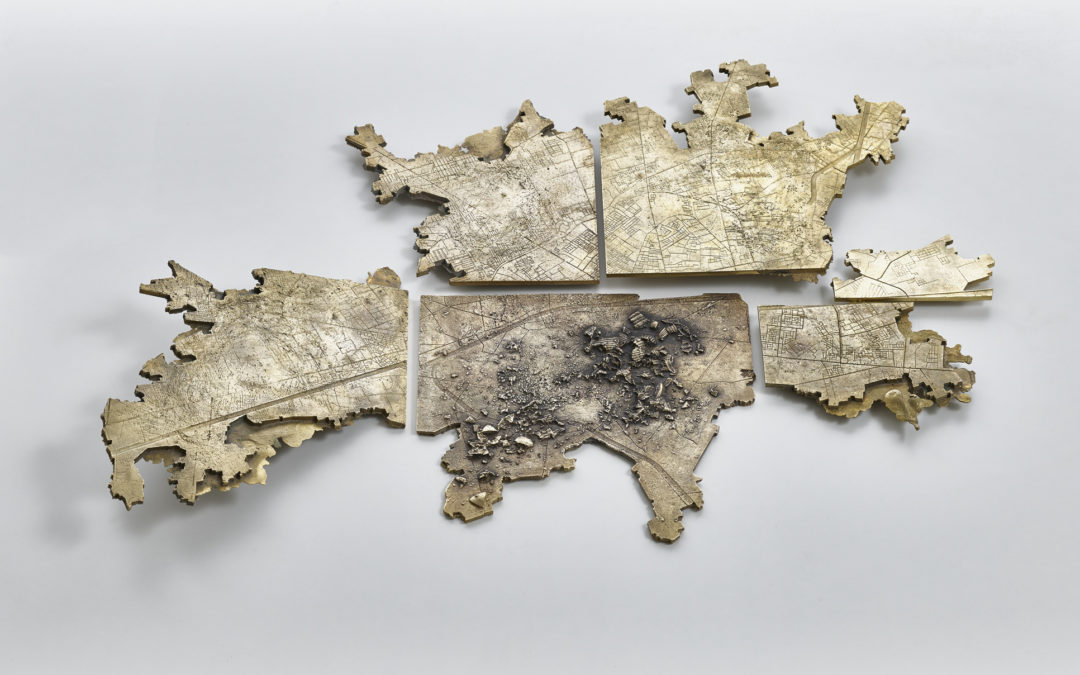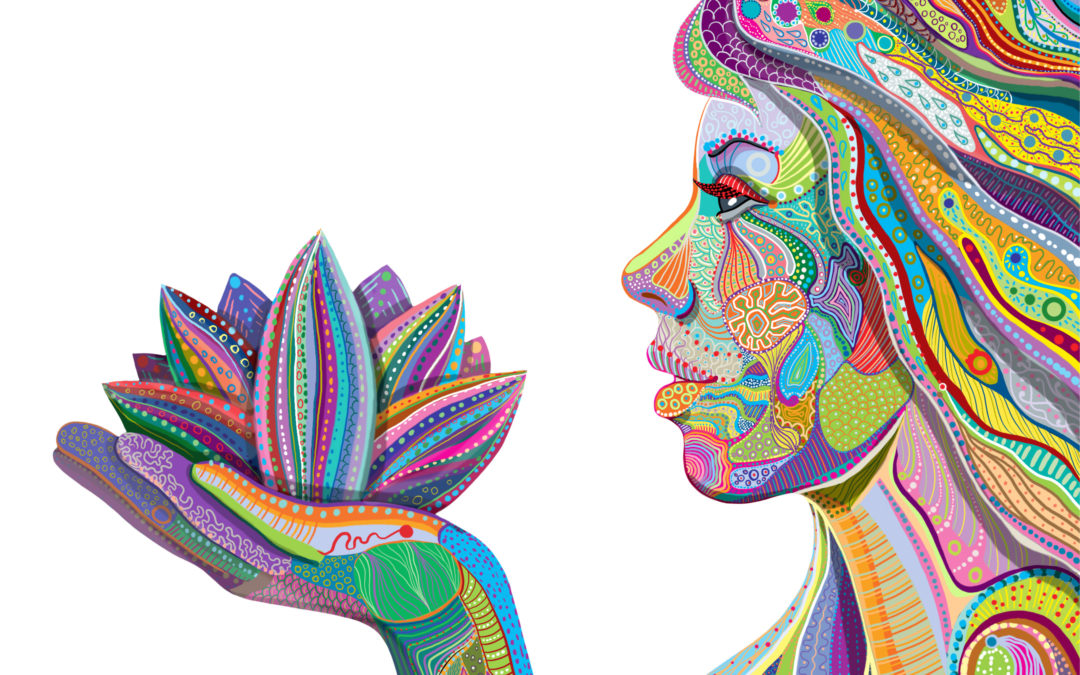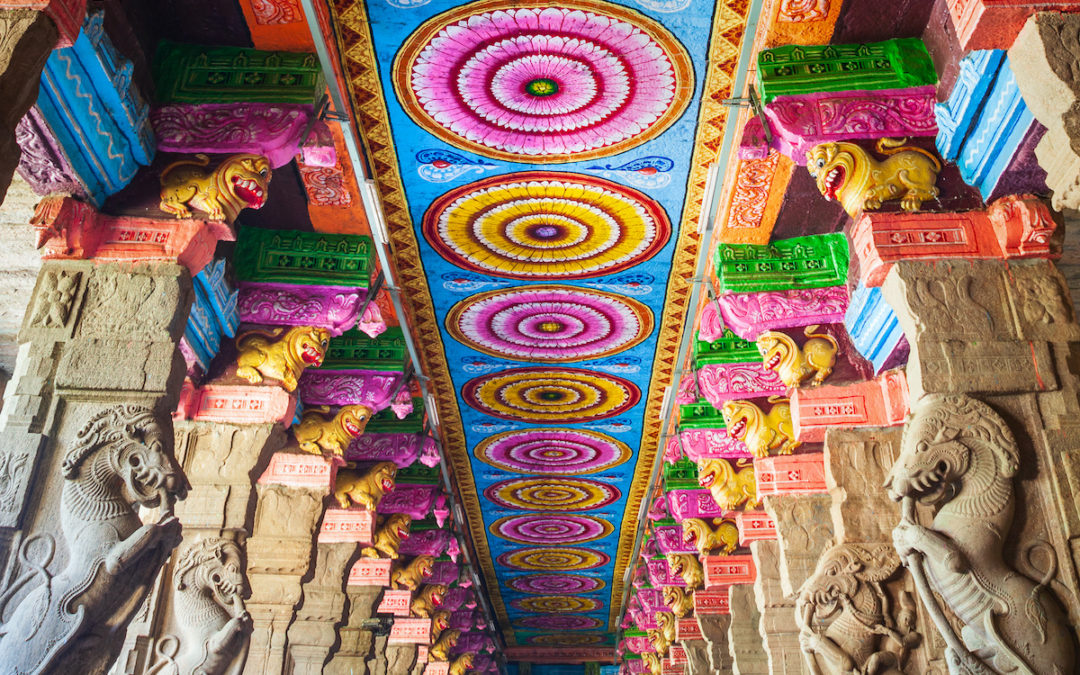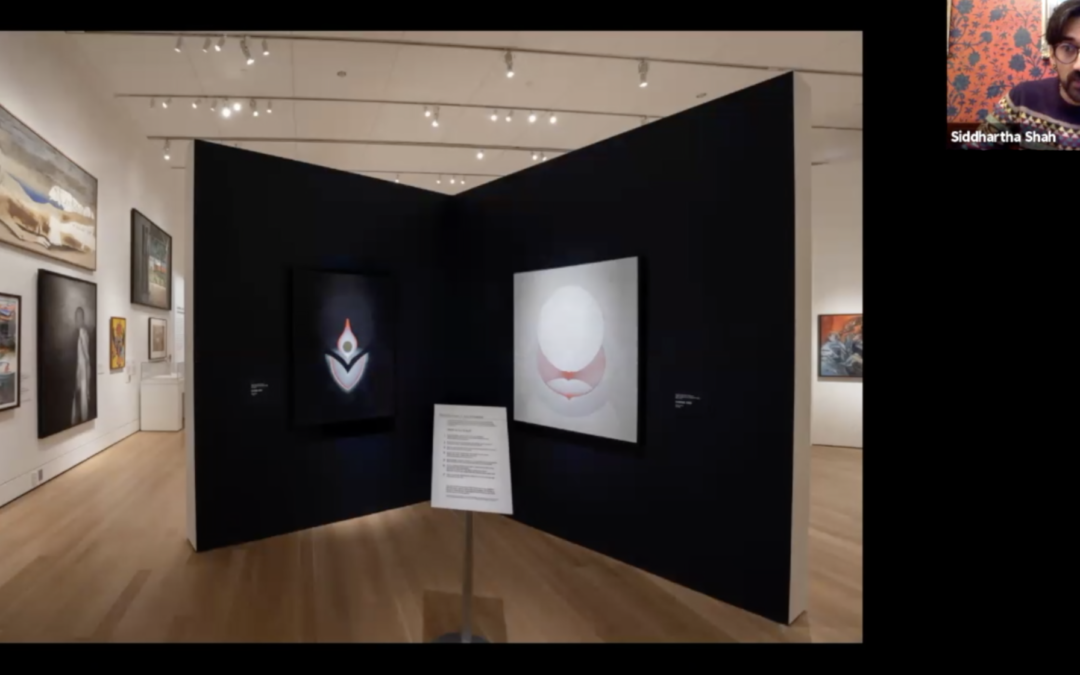CoSTAR Module 1: Creating Community and Collaboration Among Art and Science Professionals in South Asia; Advancing Towards Module 2

Conservation Science Research and Training Program, CoSTAR, aims to build up a temper of scientific studies for the conservation of art objects in India in conjunction with art historical studies. The three-year program is a collaboration between the Mittal Institute, Harvard University, Harvard Art Museums, and the Chhatrapati Shivaji Maharaj Vastu Sangrahalaya, Mumbai. Launched in December 2020, CoSTAR is envisioned as a series of theory and practical modules covering various topics in Conservation Science.

